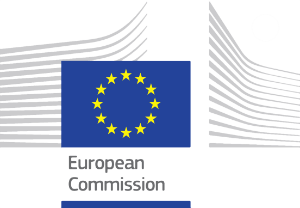It is a 3D animated world which shows various life events, landscape, nature, architecture, and local customs.
The idea of this project came in the context of the international trends in digitalizing tourism and various travel sectors. The Sars-Cov2 pandemic fastened and supported even more these trends. More than one year of lockdown and curfew triggered a huge need for the multimedia technology and virtual tours.
The Astra Open Air Museum in Sibiu sensed this need and took it as an opportunity. The applied for an EEA Grants project and received funds to implement the VR project. The main goal was to create a connection between the archaic rural life still present in many parts of Romania and the new technologized world. Thus, through this project the ASTRA Museum creates and amazing bond between two different types of worlds and facilitates the access of the community towards patrimony and heritage.
This is an innovative and creative project as it reveals a different type of an exhibition and a new way of approaching visitors. The stories the tourists can listen in their VR headsets are personally addresses, the tourists become part of that story, of a play or film. ASTRA VR is an emotional and sentimental story, a live representation of the daily life in a village.
The main stakeholder is the ASTRA Open Air Museum and this project is dedicated to all the tourists who visit it.
Expert opinion of Interreg Europe Policy Learning Platform
Europe’s cultural heritage is as rich and diverse as are its member states. It comprises archaeological sites, museums, monuments, artworks, historic cities, literary and musical work, and is an important element of social life, as well as economic development. The recent COVID-19 pandemic substantially impacted access to heritage, leading to increased interest in sites that could be accessed digitally. According to the UNESCO’s Charter on the Preservation of the Digital Heritage, digitalisation helps to preserve heritage for the future and allows it to be accessed in any part of the world. Unprecedented opportunities enabled by technologies bring cultural heritage sites back to life. The sector’s transformation has led to easier online access to cultural material for everybody. This good practice is an excellent example of the use of digitalisation, specifically virtual reality, through which visitors can experience historical events, landscape, nature, architecture, and local customs. The good practice can easily be replicated and transferred to other regions in Europe.

